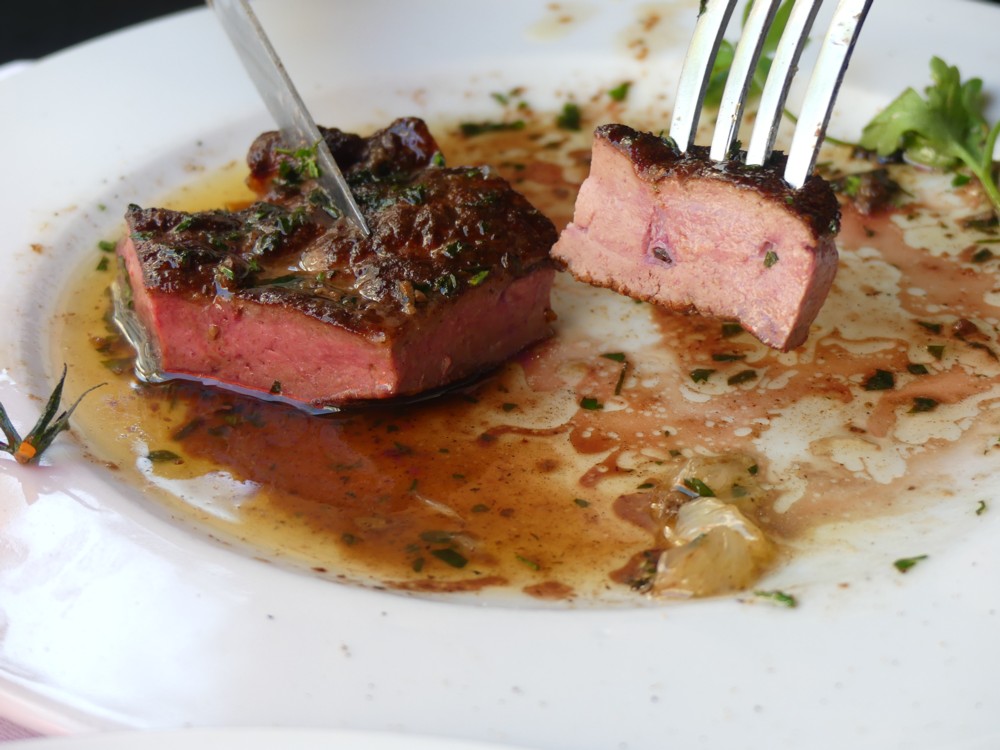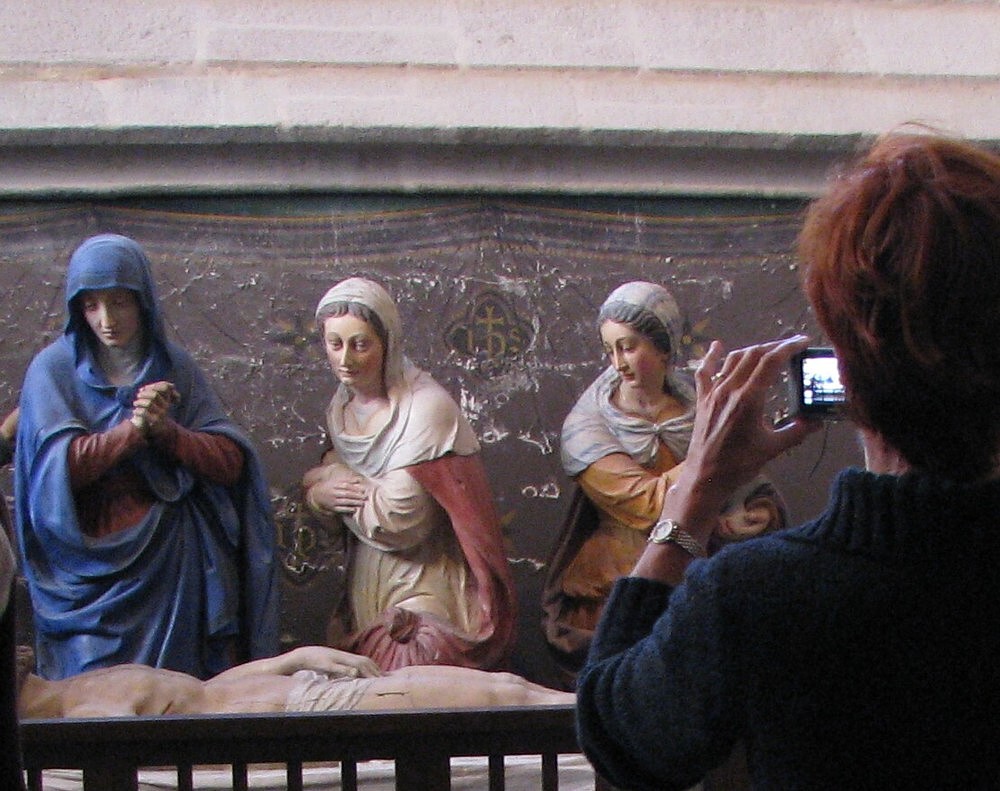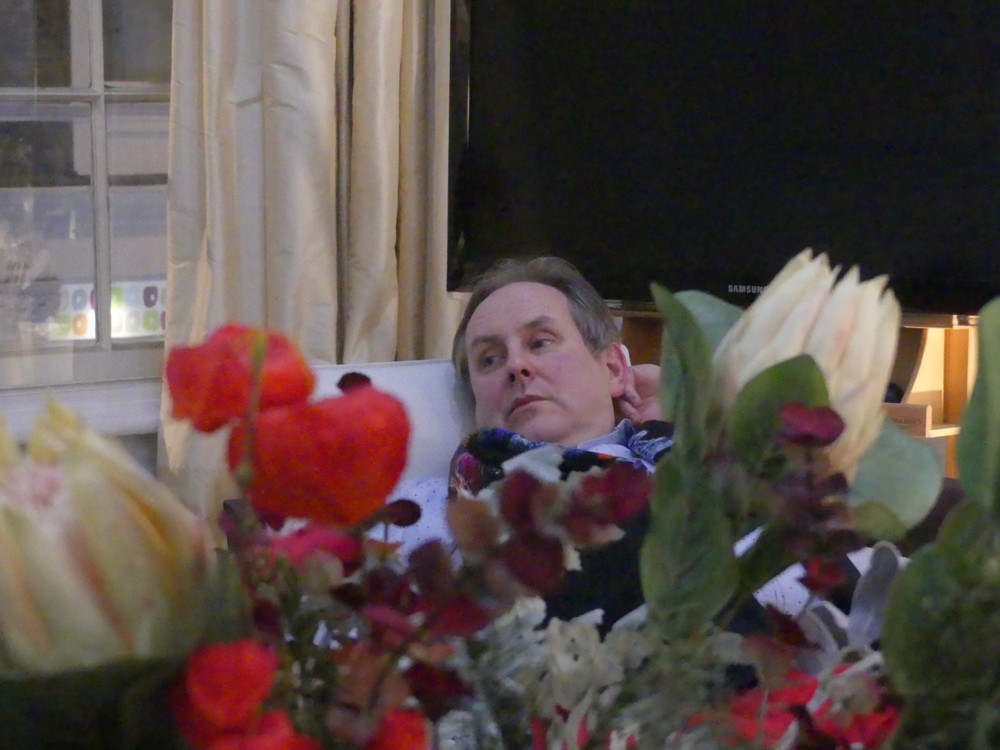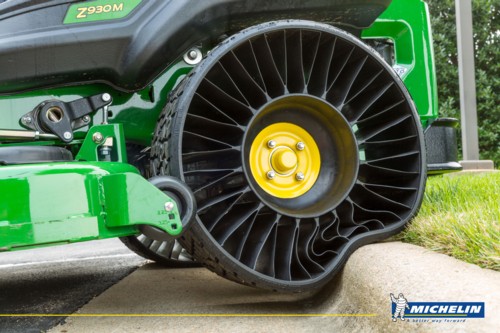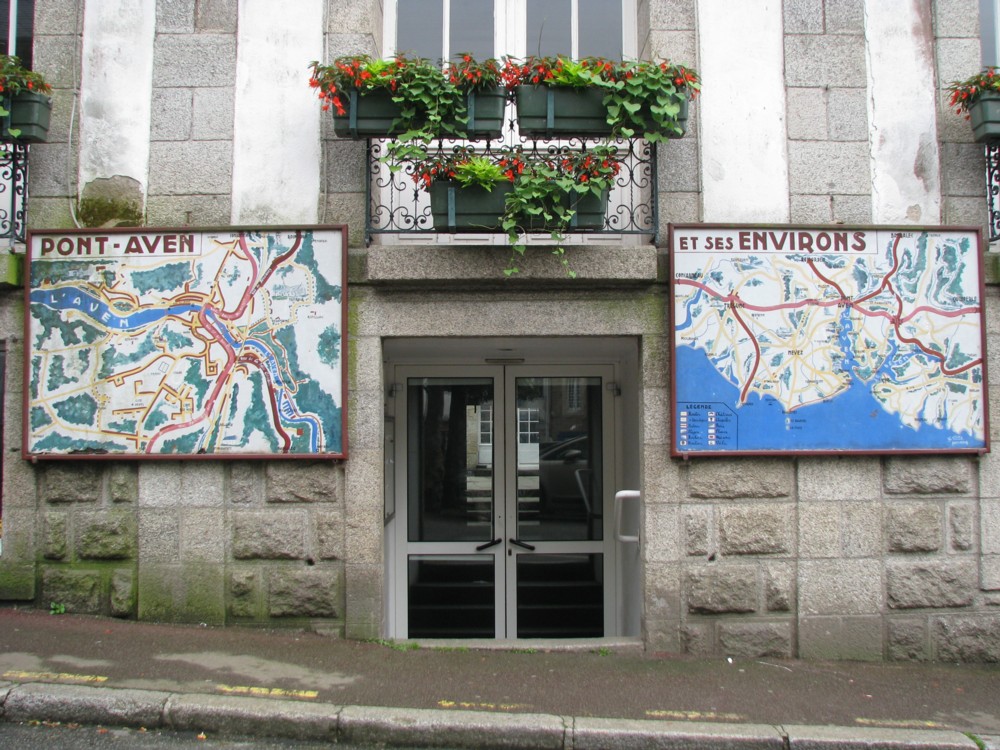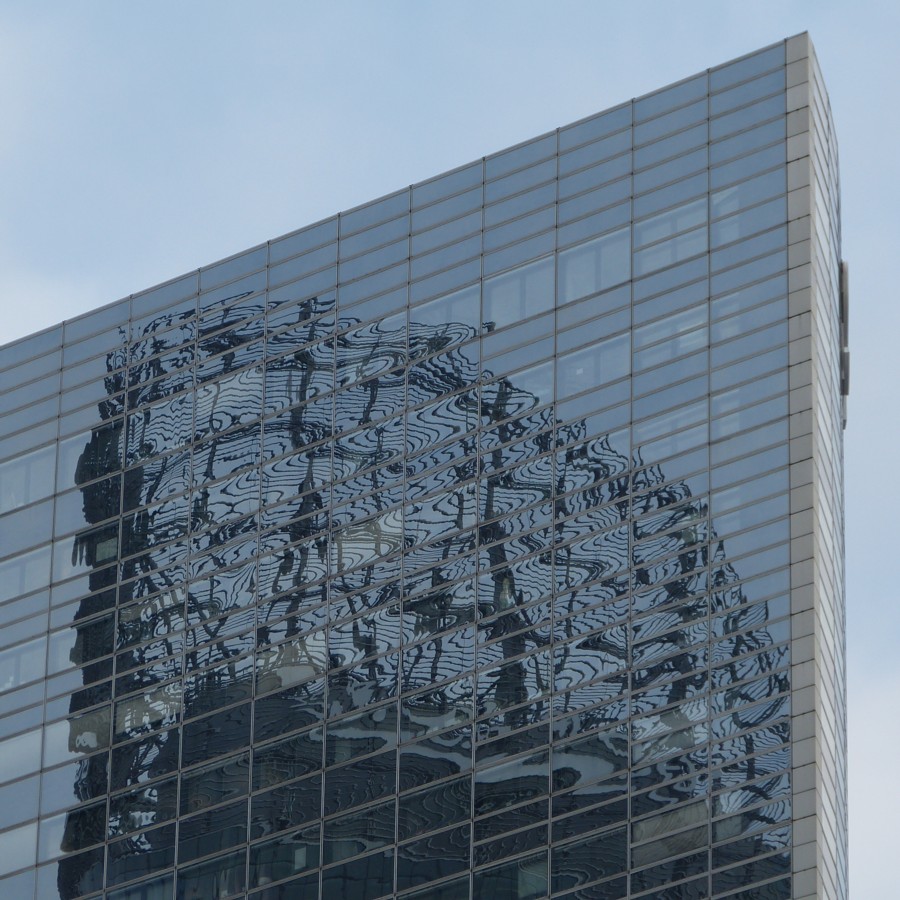Twitter is causing ever more interesting things to pile up on my computer screen, and slow everything down. (I know, “bookmarks”. Hate them.) So, here is a blog posting consisting of such links. Which I can come back to and follow through on but probably never will, but possibly just might.
Eyebrows – we all have them, but what are they actually for?
The Kremlin has a Reckless Self-Image Problem.
Via 6k, how to take bizarre photos by stuffing wire wool into a egg whisk, setting the wire wool on fire, and swinging all that around on a rope. Do not try this at home, unless you want to burn down your home.
Next, a Twitter posting about cactus patterns:
So frustrating! My cactus patterns are going viral on FB, but the person who posted the photo of them a) didn’t credit me and b) deletes any comments I write responding to people asking for the patterns.
But what if she made that up? As a ruse to get the world to pay attention to her cactus patterns? Or, what if she hired, in good faith, some sleazy “internet marketer” who deliberately posted her photos on some faked-up Facebook site, minus any credit, told her about it, and then blocked her complaints? The sleazy internet marketer then advised her to complain about this to all and sundry, knowing that all and sundry would sympathise. She seems like an honest person, doing honest business, which is why I pass this on. But a decade of internetting has made me cynical.
Next, a Spectator piece about someone called Scaramucci, who is writing a book about Trump. The piece says more about Scaramucci than it does about Trump, but his book sounds like it will be quite good. Scaramucci sounds like he has his head screwed on right, unlike a lot of the people who write Trump books.
Also in the Spectator, Toby Young realises that his wife is smarter than he is. And she chose to stay at home and raise their kids because that’s what she wanted to do. You can feel the tectonic plates of Western Civilisation shifting back towards stay-at-home mumhood, even as mere policy continues to discourage it. Jordan Peterson, take a bow. That man is already raising the birth rate in rich countries, by encouraging both fatherhood and motherhood. The only question is: By how much? Trivially, or significantly? My bet, with the passing of a bit of time: significantly.
George Bernard Shaw tells it like it was and is about Islam. I lost track of how I chanced upon that, but there it is. These days, GBS would probably get a talking-to from the Thought Police, a talking-to which might well include the words: “We’re not the Thought Police”. If the Thought Police were to have a go at her, they just might get an earful themselves.
Mike Fagan liked this photo of Mont Saint Michel with sheep in the foreground. I can’t any longer find when he liked it, but he did. Reminds me of this Millau Viaduct photo, also with sheep in the foreground.
Boaty McBoatface got turned into David bloody Attenborough, but Trainy McTrainface proudly rides the railway lines of Sweden. As usual, You Had One Job supplied no link (so no link to them), but here’s the story.
Thank you Paul Marks for telling me about someone telling me about Napoleon’s greatest foe. His name? Smith.
The sun is now spotless, or it was on April 11th.
David Baddiel has doubts about the bloke who said “gas the Jews” rather a lot, to a dog. As do I. It should be legal, but don’t expect me to laugh.
Tim Worstall:
All of which leads to the correct Brexit stance to be taking. No deal. We’ll go to unilateral free trade and the rest of you can go boil your heads. We’ll give it a couple of decades and we’ll see who is richer, OK?
Quillette: The China Model Is Failing.
The three temporarily separate Elizabeth lines.
Wisdom.
Anton Howes on Sustained Economic Growth.
John Arnold made a fortune at Enron. He is now spending some of it on criticising bad science.
Human genes reveal history. This book is number (about) twenty on my to-read list.
Philip Vander Elst on How Communism Survived Thanks to Capitalist Technology.
And finally, Bryan Caplan still thinks this is pretty good.
I now feel much better. And more to the point, my computer seems a lot sprightlier than it was. This has been the computerised equivalent of cleaning my room. The job is not done, but I have taken a big bite out of it.

